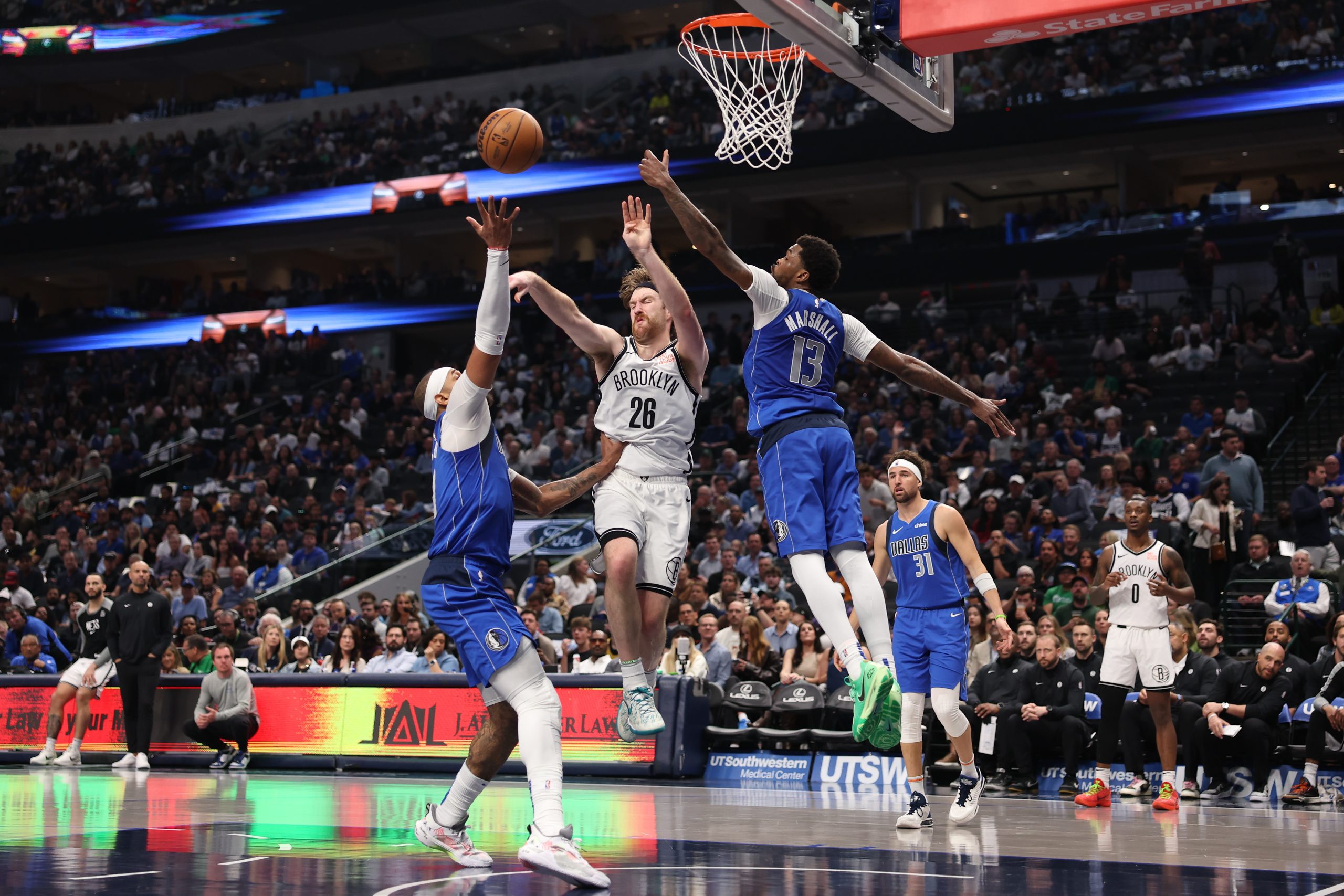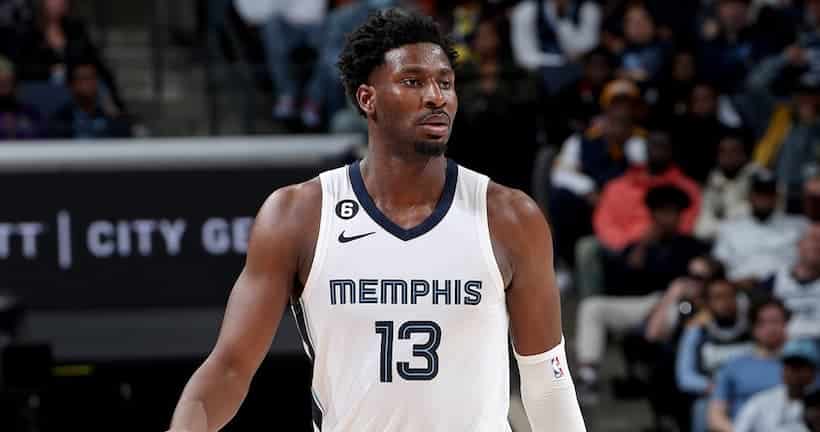Payton Pritchard plays basketball with the erudite confidence of your favorite professor going over the syllabus on the first day of class. He doesn’t take threes; he swaggers into them. He doesn’t finish at the rim; he concludes at it. He doesn’t play defense; he menaces it.
Like a sous vide steak, the surface doesn’t look all that appetizing, and then you cut into it. 9.6 points, 3.2 rebounds, and 3.4 assists doesn’t exactly scream “good player.” Instead, they use their inside voice to affirmatively declare “good bench guard.” That alone is a boon for the 26th pick, getting someone that can play solid minutes and isn’t unplayable in the NBA Playoffs is a win, but Pritchard is more than that.
It’s not just the deep threes and pesky full-court pressure. Last year, Pritchard legitimately drove winning.
The Celtics battered teams with him on the floor, outscoring them by 12.23 points per 100 possessions, a better figure than when Pritchard was off. On a team as deep and as talented as the Celtics, Pritchard made them better. Much of that damage was with the now infamous Tatum and the bench lineups, but that does a bit of a disservice to Pritchard’s rapidly diversifying game.
Pritchard came into the NBA more akin to a fly swatter: capable of a few things, but really only suited to one task. For Pritchard, that was shooting threes. If you’re trying to make it as a guard in the NBA, that’s as good a place to start as any. His game blossomed over the last year, however.
He’s really developed as a scorer in two-point range. Here’s a look at his efficiency at the rim and mid-range:
Those aren’t just career highs; they are career Everests. The rim finishing is a welcome surprise, he’d been pretty consistent other than a down year in 2021-22, but this year he figured it out. His per-minute volume decreased from last season, but the trade-off in efficiency makes it well worth it. Pritchard now understands how to use his body and angles to finish over larger defenders, which most of them are.
Often, he gives his defender a bulldog bump, putting them off-balance and giving himself just enough space to finish.
He’s combined this new passion for rim finishing with a nifty and efficient mid-range attack. His volume is still quite low, and actually lower than two seasons ago, but the percentage is what matters. Pritchard doesn’t need the middy to be the foundation of his game, but it’s nice that it’s a become a load bearing wall.
One weakness of PP’s game is that he isn’t always capable of dusting his defender off the dribble. The middy is a nice counter to that. Like sized or bigger, Pritchard can use his strength to carve out some space, rise up, and get two.
I absolutely love watching Donte DiVincenzo carom off Pritchard, and then helplessly claw back towards an ineffective contest.
As the year meandered along, Pritchard’s game evolved. He took a trick from one of the most efficient two-point guards in the NBA, TJ McConnell. That is, the post-Nash pull-up.
And sometimes he did both of the above on the same play.
He’s also really good at driving hard, stopping on a dime, and pulling up from a little deeper.
Or pulling up when a big is in drop coverage against a pick and roll.
The advanced numbers and play type data are starting to paint a picture of a dude who isn’t just good at offense, he’s bordering on great. He’s well up the ranks in pick and roll, isolation, and spot up efficiency. Those are three pretty important play types to drastically understate things. (I also love that he’s above average at put backs despite being a 6’1” guard).
Payton Pritchard hasn’t simply improved his offensive game, he’s transformed it. He’s gone from Super Mario Bros. 1 (not even 2, where Peach could fly) to Half Life Alyx. From Model-T to 3-Series. From shooter to hooper. I’m not sure how much improvement there is left to wring out of Pritchard’s sweat drenched jersey, but even if the answer is none, he will continue to be a very important member of the Celtics.






